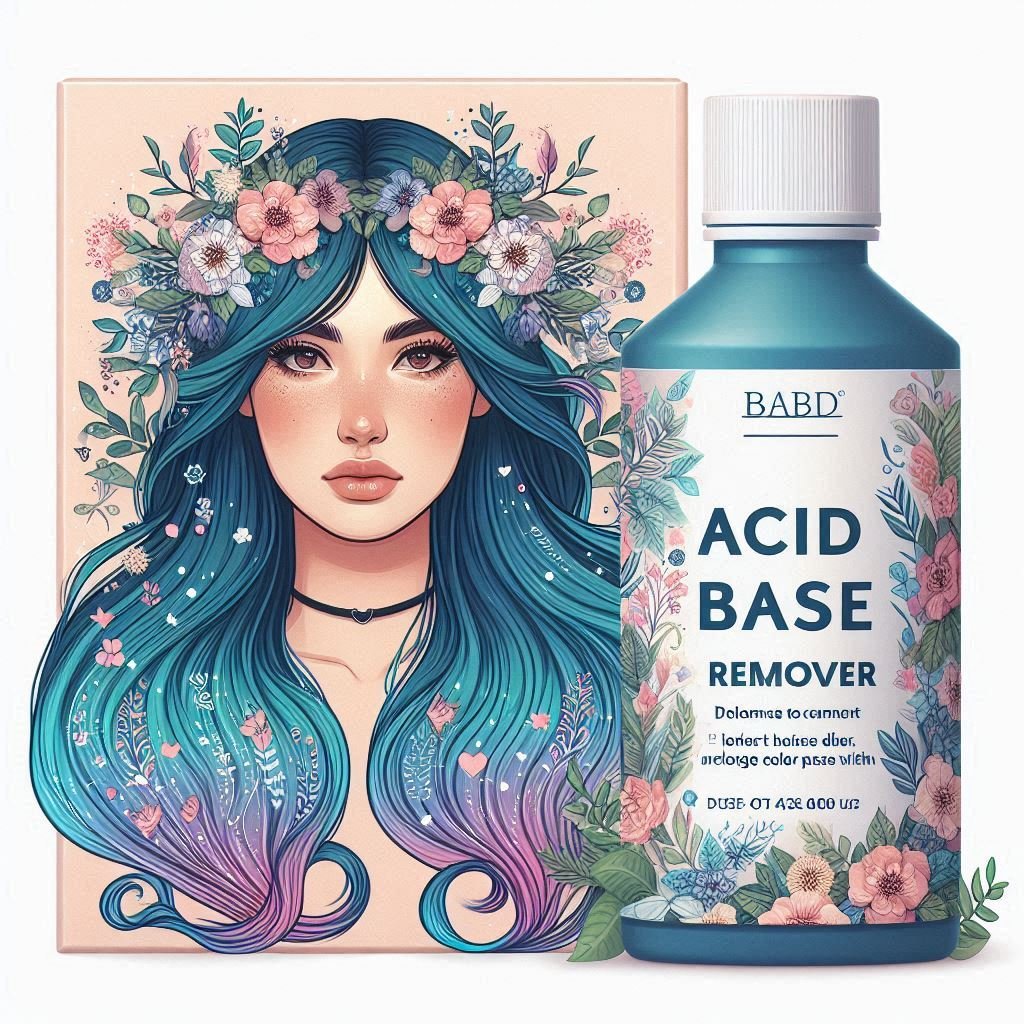Acid base color remover
Title: How Acid-Based and Base-Based Color Removers Work to Remove Artificial Pigments
Introduction
Hair color removers are essential for anyone looking to correct or change their hair color.
Understanding the difference between acid-based and base-based removers can help you choose the right product for your needs.
What are Hair Color Removers?
Hair color removers break down and dissolve artificial hair color pigments.
They work differently from bleach, which lightens the hair by removing natural pigments.
Acid-Based Color Removers
How They Work:
Acid-based color removers use acidic compounds, usually with a lower pH level, to break down the artificial color molecules.
Common ingredients include ascorbic acid (vitamin C), citric acid, and other fruit acids.
These acids shrink the dye molecules, making it easier to wash them out.
Step-by-Step Process:
Preparation: Wear gloves and protect your clothing and skin.
Mixing: Follow the manufacturer's instructions to mix the acid-based solution.
Application: Section your hair and apply the mixture evenly from root to tip using an applicator brush.
Processing: Leave the mixture on your hair for the recommended time. Keep an eye on the hair to avoid over-processing.
Rinsing: Rinse your hair thoroughly with warm water to remove all traces of the remover.
Aftercare: Condition your hair to restore moisture and prevent damage.
Base-Based Color Removers
How They Work:
Base-based color removers, often containing ingredients like sodium hydroxide or ammonia, have a higher pH level.
These alkaline substances swell the hair shaft, allowing the artificial pigments to be released.
The high pH opens the hair cuticle, facilitating the removal of the dye molecules.
Step-by-Step Process:
Preparation: Wear gloves and protect your clothing and skin.
Mixing: Follow the manufacturer's instructions to mix the base-based solution.
Application: Section your hair and apply the mixture evenly from root to tip using an applicator brush.
Processing: Leave the mixture on your hair for the recommended time, monitoring closely to avoid damage.
Rinsing: Rinse your hair thoroughly with warm water to remove all traces of the remover.
Aftercare: Neutralize the alkalinity with a balancing conditioner or acid rinse to close the cuticle and restore hair health.
Comparing Acid-Based and Base-Based Color Removers
Acid-Based Removers:
Gentler on hair, less likely to cause significant damage.
Suitable for light to moderate color corrections.
May require multiple applications for stubborn or dark colors.
Base-Based Removers:
More effective at removing stubborn, dark, or intense colors.
Can be harsher on hair, potentially causing dryness or damage.
Requires careful aftercare to restore hair’s natural pH balance.
Conclusion
Choosing between acid-based and base-based color removers depends on your hair’s condition, the type of dye used, and the desired outcome.
Always follow the manufacturer’s instructions and perform a strand test before full application.
Proper aftercare is crucial to maintaining healthy, strong hair post-treatment.
Call to Action
Have you tried an acid-based or base-based color remover? Share your experiences and tips in the comments!
Subscribe to our blog for more hair care insights and tutorials.
